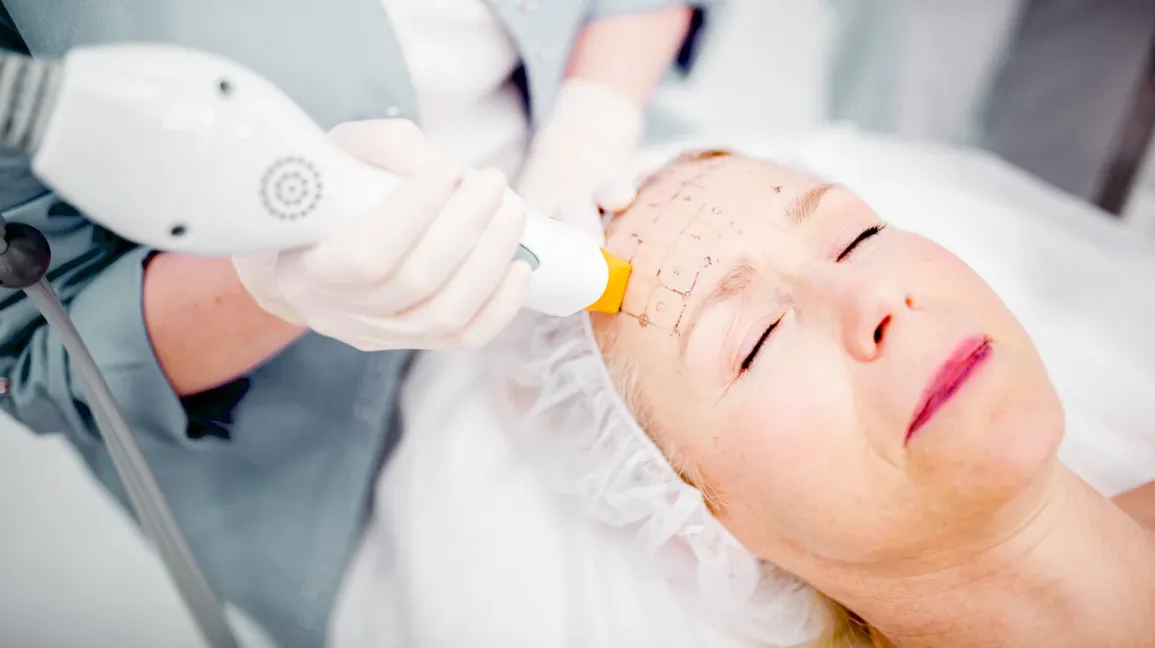Youthful appearance desire has driven the advancement of non-surgical cosmetic treatments. There are a couple of outstanding contenders in this arena designed to tighten skin, reduce wrinkles, and combat the visible signs of aging. While they share the ultimate goal of stimulating collagen production they differ in their approaches. Understanding these differences is crucial for individuals seeking the best treatment for their needs.
The prominent candidates are Thermage vs. Ultherapy. Understand how both differ before you visit Retens Medical Beauty Centre. The centre uses FDA and CE approved equipment and injectables to helps their patients regain their youthful looks.
Thermage
Thermage FLX uses monopolar radiofrequency (RF) energy that penetrates deep inside your skin layers. The frequency and intensity of the energy is controlled but triggers collagen contraction and stimulation. You feel a temporary tightening effect instantly but collagen production is stimulated and the results can be noticed overtime. Your skin elasticity is enhanced and the results last long.
A handheld device with a tip glides across your skin. The tip emits RF energy, which penetrates the dermis, which is the middle layer of your skin. The temperature within the dermis increases and damages the existing collagen fibres. It causes the fibers to contract and tighten the skin. Simultaneously, this thermal stimulation triggers the body’s natural healing response, prompting the production of new collagen over a period of weeks to months.
Ultherapy
This technology leverages on focused ultrasound energy (FUE) to deliver targeted thermal energy to specific depths within the skin and deeper tissues. Unlike Thermage’s broader heating pattern, ultrasound technology offers a more precise approach. It allows you to treat specific areas with varying depths. The ultrasound energy creates localized thermal damage within your Superficial Musculoponeurotic System and deeper dermis, which triggers production of new collagen and elastin. Both are responsible for skin elasticity and structure.
The handheld device is connected with a visual display. The practitioner can see a real-time image of the treatment area on the monitor, while using the energy beams. It allows for precise targeting of a specific layer beneath the skin. The thermal damage is controlled but the aim is to stimulate collagen and elastin production. Both proteins are crucial for skin laxity.
Choosing your method
The method you choose will depend on –
- Treatment Areas: Radiofrequency is generally better suited for broader areas like the face, neck, and jowls, while ultrasound excels at targeting specific areas like brows, crow’s feet, and the jawline.
- Depth of Treatment: Radiofrequency primarily targets the deeper dermis, while ultrasound can reach the SMAS layer for a more lifting effect.
- Visible Results: Radiofrequency offers more immediate tightening due to collagen contraction, while ultrasound results become more noticeable over 2-3 months as new collagen is produced.
- Downtime: Both procedures are non-surgical and require minimal downtime. Radiofrequency can source mild redness or swelling, whereas ultrasound can trigger temporary soreness or tingling.
- Cost: Both treatments are typically considered investments in aesthetics, with radiofrequency technology having a slightly higher price point on average.
Remember to choose the right medical beauty centre for your skin rejuvenation treatment.


